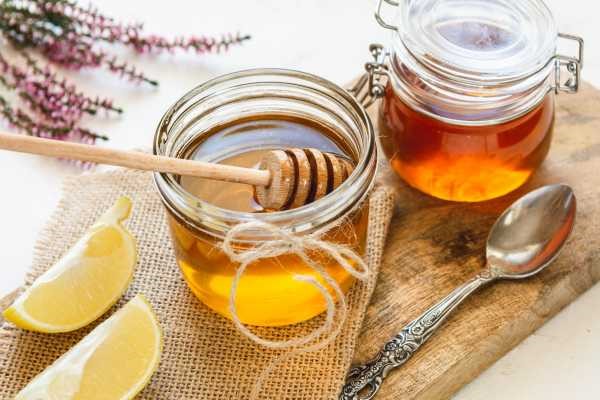Fascinating Facts About Honey
Some general
honey facts, but to learn more facts about honey bees themselves, see the
link below.
General Honey Facts

- Honey is the
only food made by an insect, and eaten both by the insect and humans.
- Foraging bees have to fly about 55,000 miles to produce a pound of honey, visiting around 2 million flowers.
- Honeydew honey is honey made by honey bees from aphid secretions - actually (sort of) 'aphid poop'!
- Cats cannot taste honey because they lack the taste receptors to do so.
- Natural honey also contains flower pollen grains. The study of pollen in honey is called 'melissopalynology'.
- Honey will keep indefinitely in a jar - although it can be spoiled if it becomes contaminated.
- Despite its name, research now suggests that the honey badger is primarily attack honey bee nests the brood (larvae of honey bees) in a nest, rather than the honey itself.
- Honey bees are not the only bee or insect that make honey! Stingless bees of the tribe Meliponini, also make honey, as do some exotic swarming wasp species in South America!
- Honey has anti-bacterial and anti-septic benefits that are so effective, there is a peer reviewed, published paper demonstrating that honey is effective against MRSA – or Methicillin-resistant Staphylococcus aureus. MRSA is ordinarily difficult to treat.
- Honey comes in different colors, from transparent to almost black. Darker honeys have higher antioxidant levels.
Honey In History
- Honey was used in ancient medicine. For example, there are
records from Ancient Egyptians dating 1550BC, referring to honey that was applied by women to linen in order to
prevent pregnancy.
- Toxic honey was used in ancient warfare.
- Rameses III,
the ancient Egyptian pharaoh, offered a river god a honey sacrifice of 30,000 lbs of honey dumped into the
river Nile.
- Ancient Greek civilizations regarded honey as a symbol of blessings, and happiness. It was also used in funerals, when honey was offered to spirits of dead people.
- In the 1650s in England, the gross national profit from honey was estimated by the polymath, Samuel Hartlib, to be worth £300,000, which was a fortune at that time.
- In feudal times in medieval Europe, honey was used as a source of revenue in the form of a tax, and was gathered by the lords. There are records of this practice in England in the Domesday Book, as well as records of the practice in Germany.
In 1791, when the French government demanded a record of all hives for the purpose of collecting taxes, many hives were destroyed by their owners.
Resources
- Elsewhere on this site.
- Bee by Claire Preston, Published 2006, Reaktion Books. ISBN: 9781789140484.
If you found this page helpful or interesting, I'd really be grateful if you would share it with others - if not this page, perhaps another, such as Gardening For Bees.
Thank you so much :) .